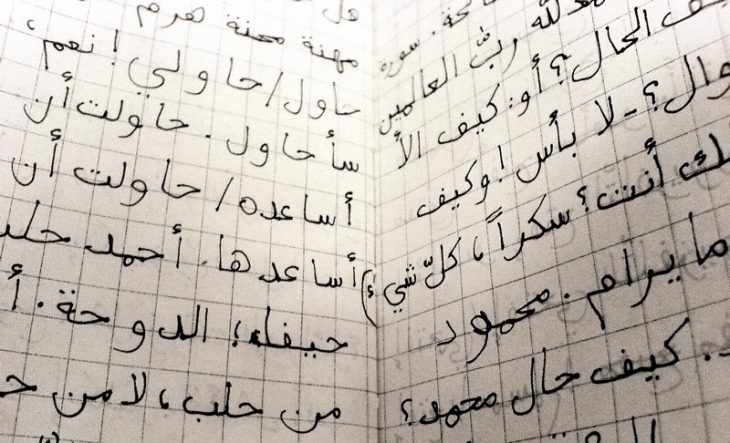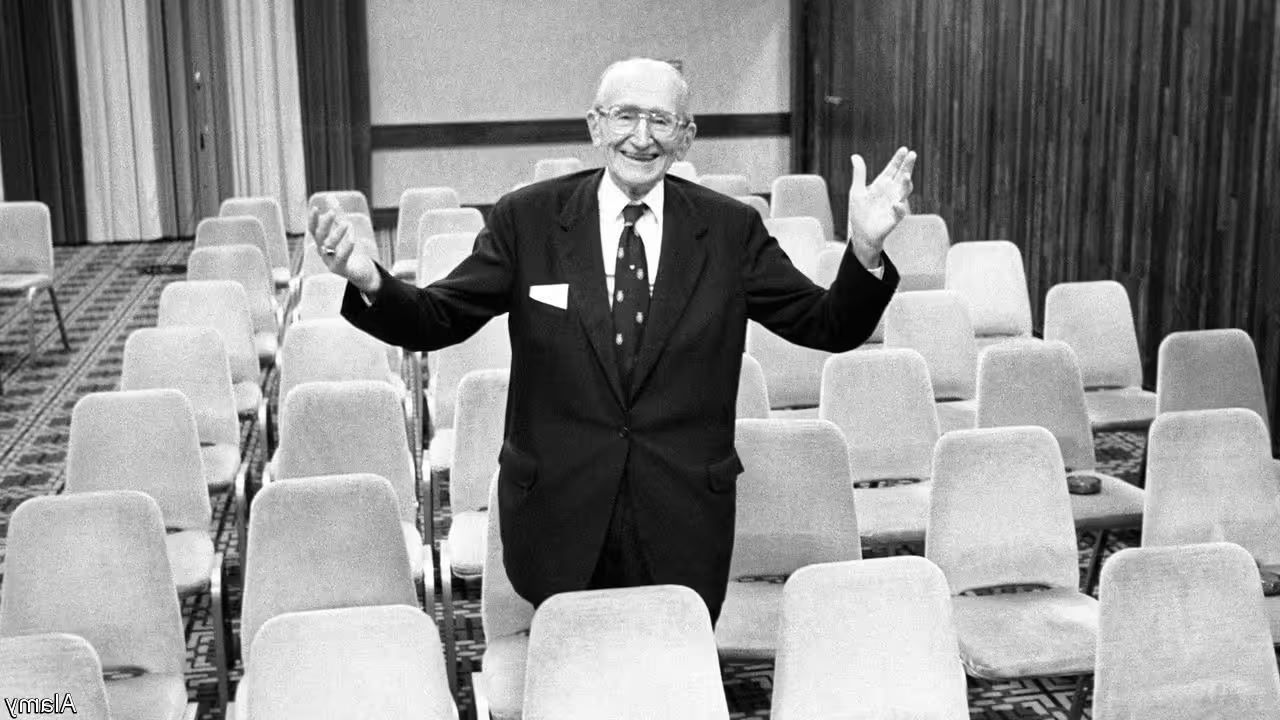
Welcome to the fascinating world of Arabic, a language that carries a rich history, vibrant culture, and intricate linguistic nuances. With over 300 million speakers worldwide, Arabic stands as one of the most widely spoken languages globally. In this article, we’ll dive into the intriguing realm of Arabic, uncovering its origins, unique features, cultural significance, and fascinating fun facts that will ignite your curiosity. Whether you’re an Arabic language enthusiast or simply interested in expanding your knowledge, join us on this journey to discover the beauty and allure of Arabic.
Ancient Semitic Roots
Arabic belongs to the Semitic language family, which includes other languages like Hebrew and Amharic. The earliest known written records of Arabic date back to the 4th century CE.
The Quran
The Quran, the holy book of Islam, is written in Arabic. It played a pivotal role in the preservation and standardization of the language. As a result, Classical Arabic remains the formal language of religious texts, literature, and formal communication.
Arabian Peninsula
The Arabian Peninsula is considered the birthplace of the Arabic language. It spread across the region through trade, conquests, and cultural exchanges, influencing various dialects and regional variations.
Arabic Script
The Arabic script is written from right to left, and it consists of 28 letters. It is a cursive script, meaning that the letters are often connected to each other when writing.

Root-Based Language
Arabic is a root-based language, which means that most words are derived from a three-letter root. These roots convey a basic meaning, and by adding different patterns and vowels, a wide range of words can be formed.
Rich Vocabulary
Arabic boasts an extensive vocabulary, with estimates of over 12 million words. This linguistic wealth allows for precise expression and the ability to describe nuanced concepts.
Complex Grammar
Arabic has a complex grammar system, with intricate rules for verb conjugation, noun declension, and sentence structure. Its grammar has been a subject of fascination for linguists and scholars.
Calligraphy: An Art Form
Arabic calligraphy is a celebrated art form that showcases the beauty and elegance of the Arabic script. From intricate designs to bold strokes, calligraphy has been used to adorn mosques, manuscripts, and various forms of artistic expression.
Diglossia
Arabic exhibits diglossia, where two forms of the language coexist: Modern Standard Arabic (MSA) and various regional dialects. MSA is used in formal settings, such as the media, education, and literature, while dialects are used in daily conversations.
Islamic Heritage
Arabic is closely intertwined with Islamic culture, as it is the language of the Quran. It serves as a unifying factor among Muslims, regardless of their native languages.
Literary Tradition
Arabic has a rich literary tradition, spanning centuries. It boasts renowned poets, philosophers, and scholars whose works have shaped the cultural and intellectual landscape of the Arab world.
Calligraphy
Arabic calligraphy is a revered art form, admired for its beauty and intricate designs. It is often used to decorate mosques, manuscripts, and various forms of Islamic art.
Arabic Numerals
The numerals we commonly use today, known as “Arabic numerals,” actually originated in ancient India. They were introduced to Europe by Arab mathematicians during the Middle Ages. These numerals include the numbers 0 to 9 and are now widely used globally.
Influence on Other Languages
Arabic has influenced several languages around the world, including Spanish, Portuguese, and Swahili. This influence can be seen in vocabulary, grammar, and even place names. In addition, the Arabic script has also influenced the writing systems of other languages, such as Persian, Urdu, and Pashto. These languages adopted the Arabic script with some modifications to fit their phonetic structures.

Arabic Coffee Culture
Arabic coffee, also known as “qahwa,” holds a special place in Arab culture. It is often served in small cups and accompanied by dates as a symbol of hospitality.
Longest Arabic Word
The longest word in Arabic is “أفاستسقيناكموها,” which means “We caused you all to drink it.” This word contains nine consecutive hamzas (glottal stops) and showcases the linguistic complexity of Arabic.
Riddles and Proverbs
Arabic culture has a rich tradition of riddles and proverbs. Riddles, known as “hikayat,” challenge the mind with clever wordplay, while proverbs offer wisdom and cultural insights.
Arabic Loanwords
The English language has borrowed numerous words from Arabic, including “coffee,” “sugar,” “alcohol,” “magazine,” “cotton,” and “safari.” These loanwords highlight the cultural exchange between Arabic and English-speaking societies.
Arabic and Mathematics
Arabic scholars made significant contributions to mathematics. One of the most famous mathematicians, Al-Khwarizmi, introduced the concept of algebra and developed systematic methods for solving linear and quadratic equations.
Conclusion
Arabic is a language that embodies centuries of history, culture, and beauty. From its ancient roots to its diverse dialects, complex grammar, and captivating script, Arabic continues to captivate linguists, scholars, and language enthusiasts around the world. As you delve deeper into the wonders of Arabic, may your journey be filled with appreciation for its richness and the endless possibilities it holds for cultural exploration and connection.
Frequently Asked Questions (FAQs)
How many people speak Arabic?
Arabic is spoken by over 300 million people worldwide, making it one of the most widely spoken languages.
Is Arabic a difficult language to learn?
Arabic can be challenging to learn due to its complex grammar, diverse dialects, and unique writing system. However, with dedication and practice, it is certainly achievable.
What are the different Arabic dialects?
Arabic dialects vary across different regions, including Egyptian Arabic, Levantine Arabic, Gulf Arabic, and Maghrebi Arabic, to name a few.
Is Modern Standard Arabic spoken in everyday conversations?
Modern Standard Arabic (MSA) is primarily used in formal settings, such as the media, literature, and education. In everyday conversations, people often use their respective regional dialects.
Are all Arabic-speaking countries culturally similar?
While Arabic-speaking countries share a common language, they have diverse cultures, traditions, and customs influenced by their unique histories and geographical locations.
Was this page helpful?
Our commitment to delivering trustworthy and engaging content is at the heart of what we do. Each fact on our site is contributed by real users like you, bringing a wealth of diverse insights and information. To ensure the highest standards of accuracy and reliability, our dedicated editors meticulously review each submission. This process guarantees that the facts we share are not only fascinating but also credible. Trust in our commitment to quality and authenticity as you explore and learn with us.


